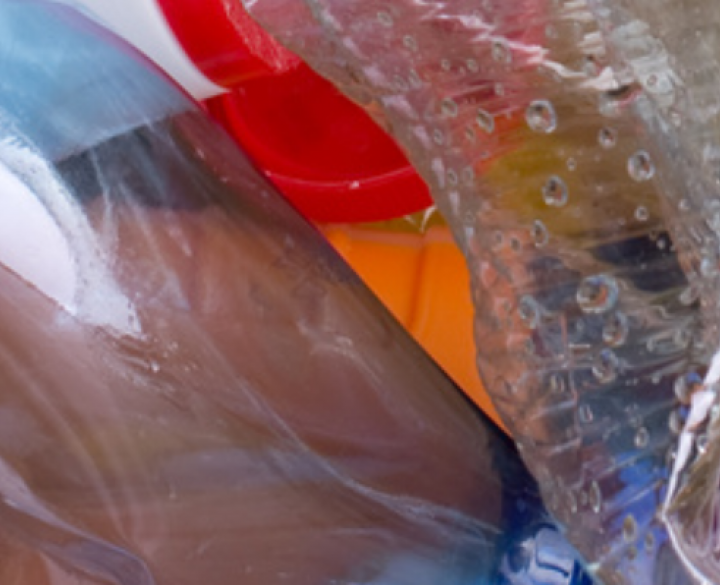Applicant: INDAVER PLASTICS RECYCLING
Inventor: Eric GODDAERT & Eline MEYVIS
Patent application number: EP4129605
The problem
Packaging waste comes in many forms, including plastic packaging, metal packaging and beverage cartons. Also, the packaging waste may still include remnants of the original contents of the packaging, such as food residues.
Different types of packaging waste are usually collected together and only afterwards offered for recycling. However, before proceeding to efficient recycling, the mixed packaging waste must first be sorted into the individual types of packaging waste.
The existing methods comprise the following steps: sorting the solid waste into an oversize fraction, a midsize fraction and an undersize fraction; using at least manual-based, density-based, further size-based and metal-based sorting means to obtain a partial oversize fraction, a first partial midsize fraction and a second partial midsize fraction; combining the partial oversize fraction and the first partial midsize fraction to produce an oversize-midsize combined fraction, and combining the undersize fraction and the second partial midsize fraction to produce an undersize-midsize combined fraction; and using further sorting means to further sort the oversize-midsize combined fraction and the undersize-midsize combined fraction into types of materials.
With this method it is impossible to sort foil waste from the municipal solid waste in an automated way.
The solution
The invention relates to a method for sorting foil from mixed plastic packaging waste.
The use of five different size fractions has the advantage of further separating the mixed plastic packaging waste. These different size fractions can go through a specifically adjusted sorting process, adjusted to each individual size fraction. The best quality of the sorted plastic packaging waste can be obtained here.
In addition, the continuity of the sorting process is guaranteed by first focusing on sorting the foil. This is very advantageous because foil can very easily get stuck in rotating parts of the sorting process because of its structure. This problem is prevented by separating the foil. Because of its thin shape and high flexibility, the foil can quite quickly end up between rotating or other parts of separation machines, causing the respective separation machines to block and the separation of the mixed plastic packaging waste is delayed or even takes place sub-optimally or even in the worst case blocking the sorting process completely.
A specific preferred embodiment of the invention relates to a method. This has the advantage that impurities, which can disrupt the sorting process, are separated from the sorted plastic packaging waste. Separating impurities from the sorted plastic packaging waste fractions ensures a greater degree of purity of the sorted plastic packaging waste. This ensures a better end result in the sorted foil from the mixed plastic packaging waste, with less manual subsequent sorting being required.
The invention also relates to a device for sorting foil from mixed plastic packaging waste.
And finally, the invention relates to sorted foil obtained from the mixed plastic packaging waste by using the method and the device.
The preferred embodiment of the method has the effect that wind sifters can separate a material stream into fractions of lower and higher density via an air flow. The advantages of sorting by density via an air current is that no water is used and a separation percentage of at least 95% can be obtained with a low energy consumption, even at high capacities. In addition, a wind sifter requires little maintenance. This makes it easy to separate foils from the flow of mixed plastic packaging waste of any size fraction.
The preferred embodiment of the method has the effect that optical separators, preferably near-infrared (NIR) separators, can separate the lower density fraction into polymers with different properties, via near-infrared light projected onto the lower density fraction the mixed plastic packaging waste. However, this is advantageous because specific types of foil can be separated from the foil via the optical separators. For example, PE foils can be separated from the foils.
Advantages
- In a first aspect, the invention relates to a method for sorting foil from mixed plastic packaging waste.
- The invention relates to a method and a device for sorting mixed plastic packaging waste and sorted foils obtained therefrom.
- The use of the five different size fractions has the advantage of further separating the mixed plastic packaging waste.
- This has the advantage that impurities, which can disrupt the sorting process, are separated from the sorted plastic packaging waste.
- This is very advantageous because foil can very easily get stuck in rotating parts of the sorting process because of its structure.




